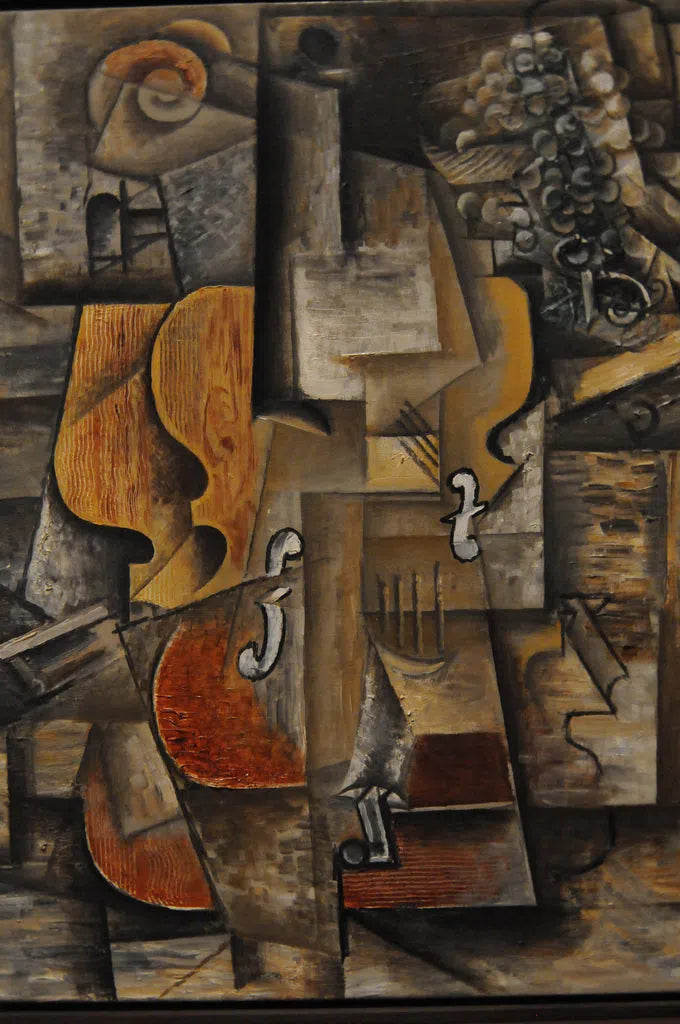Thanks to the iPhone and social media, it can seem like photography is everywhere and that anyone can simply “put a filter on it” and feel like an old pro. Perhaps this feeling of photographic excellence (admit it – we all feel pretty talented when posting that perfectly filtered selfie) is what’s confusing Jonathan Jones, art critic for The Guardian, because he seems VERY confused. In November, Jones suddenly declared that photography is not art in his article entitled Flat, Soulless and Stupid: Why Photographs Don’t Work In Art Galleries.
In his assault, Jones says that photography “is a unique documentary record of our own lives, a simple source of creative pleasure and fun” and that photographs shouldn’t be displayed in galleries.
It just looks stupid when a photograph is framed or backlit and displayed vertically in an exhibition…. A photograph in a gallery is a flat, soulless, superficial substitute for painting. Putting up massive prints is a waste of space, when the curators could provide iPads and let us scroll through a digital gallery that would easily be as beautiful and compelling as the expensive prints.
Ouch. Does Jones really believe what he’s saying? Has an outrageously beautiful photograph never moved him? Are curators really guilty of trying to replace paintings with photography?
Sean O’Hagan, also a critic at The Guardian, says Photography Is Art And Always Will Be and castigates his colleague’s criticism of photography as art:
Photography is as vibrant as it has ever been - more so in response to the digital world, which Jonathan mistakenly thinks has made everyone a great photographer. It hasn’t. It has made it easy for people to take – and disseminate – photographs, that’s all. A great photographer can make a great photograph whatever the camera. A bad one will still make a bad photograph on a two grand digital camera that does everything for you. It’s about a way of seeing, not technology.
So, here’s why Jonathan Jones seems so confused: two years ago - January 10, 2013 - Mr. Jones completely contradicts himself in an article he wrote for The Guardian by declaring that Photography Is The Art Of Our Time. “The old masters painted the drama of life and death. Today photography captures the human condition – better than any other artistic medium of our age”. He even believes the old masters would have loved the medium, “What matters most is not the oil paints Rembrandt used, but his compassion. Photography is the quickest, most exact tool ever invented to record our lives and deaths – 17th-century painters would have loved it.”
Jones has proven his own strange theory wrong. Perhaps he was simply being provocative (maybe hoping to increase his page views)? So while we know that photography is a true art form, let’s break it down a bit anyway.
The first known use of the word photograph was in 1839 by Sir John Herschel and is based on the Greek word ‘phos’, meaning ‘light’, and ‘graphê’, meaning ‘drawing’ – drawing with light. Before photography existed, painting was the only way to capture a significant moment, document a new species, help a family always remember what granny looked like…and then there was the self-portrait (the selfie of its day). The self-portrait wasn’t easy – only very skilled and sometimes totally insane painters could selfie.

Vincent Van Gogh (1853-1890) | Self-Portrait | 1889| Oil on Canvas
In the 19th century, when the Impressionists were challenging the tradition of “dignified subject matter”, they triumphed over their critics, partially due to the invention of photography, which helped people see the world as they never had before. E.H. Gombrich’s The Story of Art states:
The camera helped to discover the charm of the fortuitous view and of the unexpected angle….the development of photography was bound to push artists further on their way of exploration and experiment…. artists were increasingly compelled to explore regions where photography could not follow them… modern art would hardly have become what it is without the impact of this invention.
Photography helped push painting into the modern world, and modern painters inspire photographers to this day. Gomrich points out that David Hockney’s photographs of multiple images, like “Still Life Blue Guitar”, are reminiscent of Cubist paintings, such as Picasso’s “Violin and Grapes”.


Gomrich goes on to say that over time “…interest in photography has grown enormously and collectors vie with each other to obtain prints of the works of the leading photographers, past and present”. In fact, it was just a month ago that a Peter Lik photograph “Phantom” sold for $6.5 million – a record-breaking sale for photography. New York City’s Metropolitan Museum of Art’s Department of Photographs has a collection of 29,817 works, and the MoMA is currently exhibiting Modern Photographs from the Thomas Walther Collection, 1909–1949.
Photography can be incredibly moving on the wall of a gallery or home. And, depending on how it’s curated, the juxtaposition of painting, photography and sculpture can beautifully marry these different art forms at an exhibition.
Below is a selection of some of the most memorable and breathtaking images throughout photography’s short history, which serve as a reminder how powerful this art form really is:









